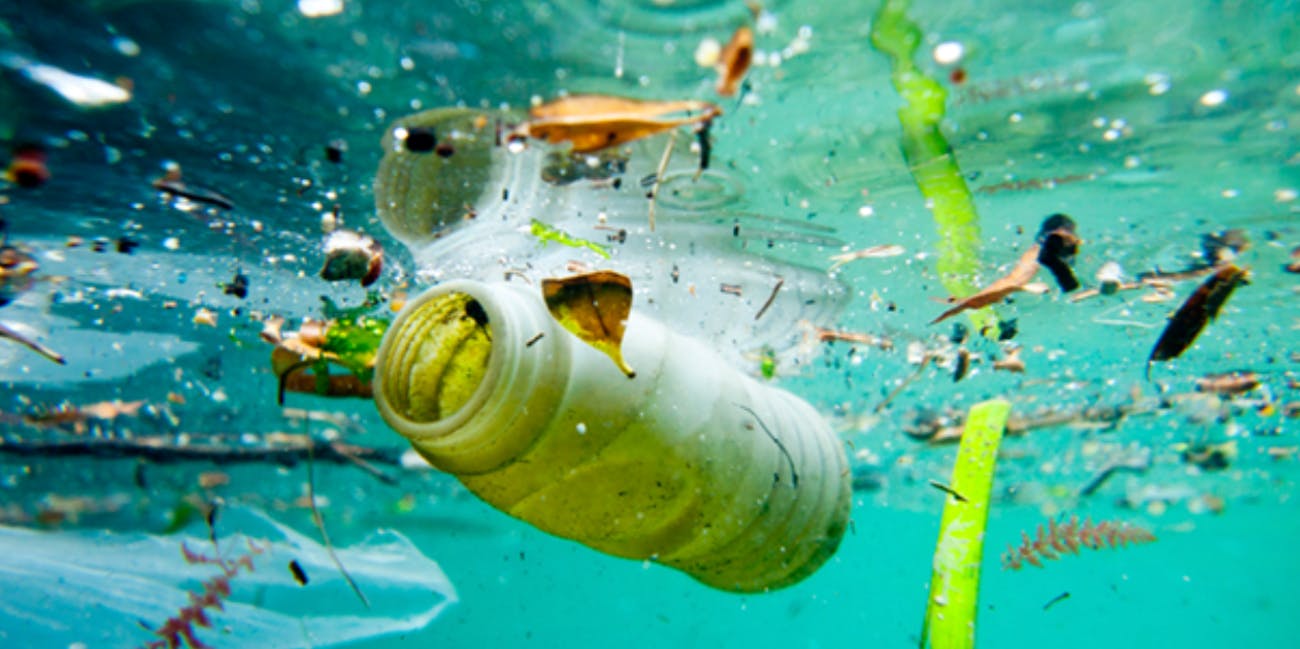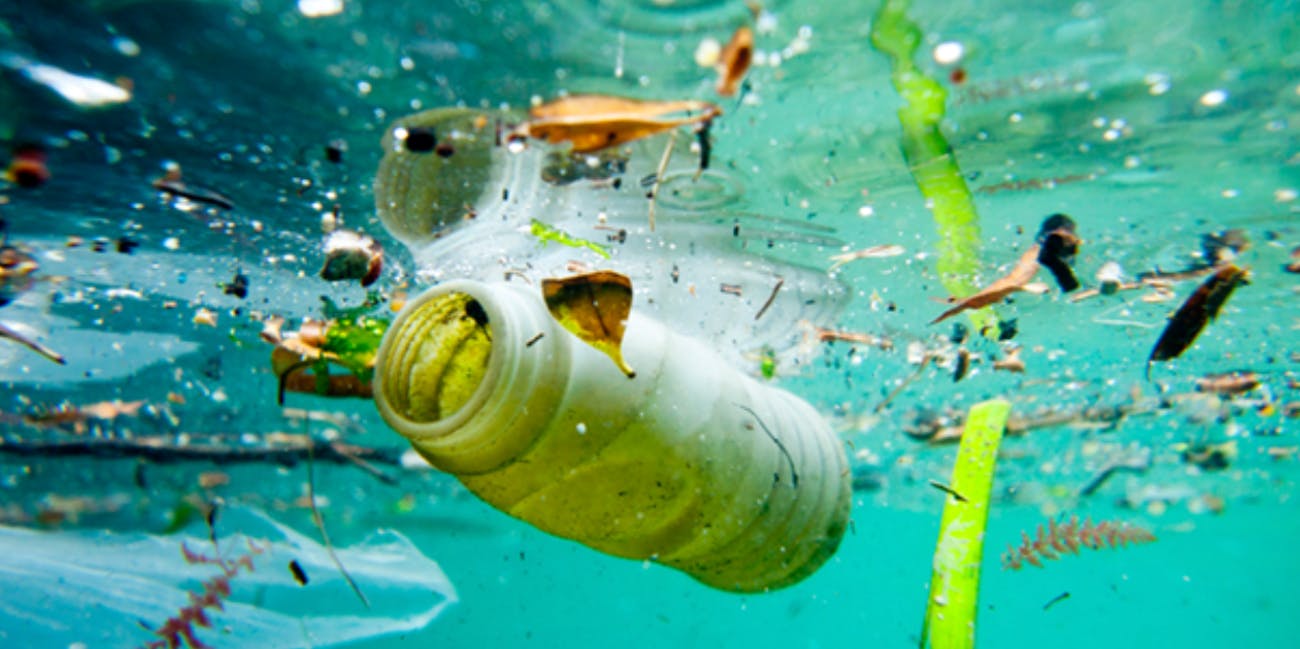Are We Drinking Synthetic Polymer !!

When we see a stream, we are tempted to drink the crystal clear water, but after we quench our thirst we will start thinking if the water we drank was safe ? well we need to trust and drink.
Same way many places have very good groundwater sources, they look crystal clear, but we do not know if it is safe to drink, leaving these questions many people usually opt for packaged drinking water, due to commercialization and the power of social media we see a lot of mind changing advertisements which carry powerful message and make us carry a plastic pouch or a bottle when we commute to store water or to consume.
This is in practice since few decades, which has made us think that this is the only possible method, but we should also start analyzing if the method chosen is right or does it have any negative impact?
Bottled Water Market and Demand:
10,322 Million Liters was the annual consumption of bottled water in India in 2010, there was an increase of 1.5 Million Liters of bottled water consumption every year today the annual consumption has reached to 22,496.8 ML(Million Liters) [1] and tend to increase over time, in 2010 per Liter bottled water is 0.14$ but today the rates have almost doubled and over a period of 10 Years it is tend to again double and also with this method we risk environment for a glass of water but the market is currently monopolized with these jargon's.
Positive part is we have a very bright business opportunity but we should also start questioning about these
a. What is the source of water for these bottled water industries ?
b. What are the methods used to treat the water to make it fit as per ISO or WHO standards ?
c. if we use reverse osmosis as one of the techniques for treatment to obtain 150 PPM TDS as per ISO standards do we know any adverse effects?
d. Where do we dispose the plastic containers that is being generated over decades? Or what are the effects of the plastics disposed ?
Micro-Plastic Contamination:
With the increased usage of bottled water the negative effects are directly on environment because we are really not concerned about the bottle we thrash after quenching our thirst, the piles of plastic 299 Million Tons/year of worldwide plastic production are exposed to ultraviolet (UV) radiation, oxidation and mechanical forces, plastic items break down into increasingly smaller micro-plastic fragments, below 5 mm in diameter.
This has led to a buildup of micro-plastics of varying sizes in marine sediments and our water supply [2]. Micro-plastics can absorb both persistent organic pollutants (POPs) and heavy metals from water and sediments, and the smallest particles can enter the food web posing a serious health risk to wildlife and ultimately to humans [3].
Recent study shows the amount of micro-plastics in mineral water varied from 2649 ± 2857 per litre in single use PET bottles up to 6292 ± 10521 per litre in glass bottles. While in plastic bottles, the predominant polymer type was PET; Pigment particles were detected in high amounts in reusable, paper labelled bottles (195047 ± 330810 pigment particles per litre in glass and 23594 ± 25518 pigment particles per litre in reusable paper labelled PET bottles). Pigment types found in water samples were the same as used for label printing, indicating the bottle cleaning process as possible contamination route.
Furthermore, on average 708 ± 1024 particles per litre of the additive Tris(2,4-di-tert-butylphenyl)phosphite were found in reusable PET bottles. This additive might be leached out from the bottle material itself. Over 90% of the detected microplastics and pigment particles were smaller than 5 μm [4].

Fig 1: Micro-Plastics in Sea [5]
Detecting Micro-Plastics in water:
Identifying the microplastics is also a key analytical challenge posed, optical sorting or visual sorting is valid only for particles which are > 500 Microns but identifying particles less than <100 micron is only possible through FTIR, NIR and Raman spectroscopy and it also allows us to quantify the percentage of contaminant present.
Considering the critical ailments that affect the environment, marine health and finally us, we need to walk towards sustainable environmental methods with very less risk of contamination and pollution. We need to consider the alternatives for storage/distribution of potable drinking water through kiosks or re-filling stations which can reduce the pollution considerably and also we can use copper, SS and earthen water bottles rather than single/multi use plastics.
Also at scale using PVC tanks poses same risk and mitigating them is by using Beltecno’s SS tanks. We practice a sustainable and safe environmental policy.
References:
[1] https://www.statista.com/outlook/20010000/119/bottled-water/india#market-arpu
[2]https://www.thermofisher.com/blog/materials/screening-water-samples-for-microplastic-contamination/
[4] https://www.ncbi.nlm.nih.gov/pubmed/29803096
[5] https://www.inverse.com/article/50071-microplastics-in-seafood-effects-on-human-health
Check our blogs

